Wool is a little magical. It gets a bad rap for being scratchy and sometimes “sheepy” smelling, but if you find the “right” wool or wool blend (and I mean “right” for you, because it could be something different for everyone) you might just get hooked on this fiber. Here I will share 5 reasons to consider checking out wool.
Wool fiber possesses a natural elasticity. This stretch and give in the yarn makes working with it easier on your hands and wrists than cellulose fibers. When working with a fiber like cotton you need to keep more tension on the yarn for a consistent gauge. The difference will vary between yarns and exact fiber compositions, but overall wool will present less physical stress.
Wool fiber can absorb approximately 35% of its own weight in moisture. While this isn’t a specific consideration for summer, it can have a small positive benefit in warmer months. The absorbency quality means that extra humidity hanging in the air won’t have as much of an impact on your yarn, i.e. by causing it to stretch or feel damp as you’re working with it.
This ability to hold water without feeling damp has other practical applications as well. Socks will remain comfortable after hours of wear, hats sit on sweaty brows without chaffing, and mittens keep those fingers snug and dry.
Wool is durable. This fiber can withstand quite a bit of wear and tear before it gives in. Items made from wool-based yarns hold up to everyday use, making it perfect for those amazing designs you think you’ll be living in. Also, if you find yourself ripping out your work to correct mistakes, wool will be much more forgiving of you than some other yarns may.
We all know that wool fibers keep you warm and snuggly. And no, wearing wool in the summer won’t exactly cool you down. However, it is an active fiber with temperature regulating properties. It does this with a cycle of moisture absorption and release. Cold and damp environments trigger something called “heat of sorption,” where the fiber absorbs moisture and triggers the generation of heat. “Cooling by evaporation” happens in warm environments, which is like the body’s ability to release heat and cool off by sweating. The release of moisture and change from liquid to vapor lowers temperature.
Wool is one of the most versatile fibers out there and the many benefits listed above point to this. Its elasticity makes it easy to work with and a good fit for a wide range of designs, from socks to hats to shawls, sweaters, afghans, stuffed animals, and mittens. Temperature regulating properties and durability make it perfect for sweaters. You can often substitute a wool yarn for yarns of other fiber content (within reason; it won’t do well for items like dishcloths).
Interested in giving wool a go? Lion Brand makes several wool and wool blend yarns! A few of our favorites are below. Take a look! And don’t forget, we also have hundreds of free patterns that are perfect for these yarns! Check them out HERE.
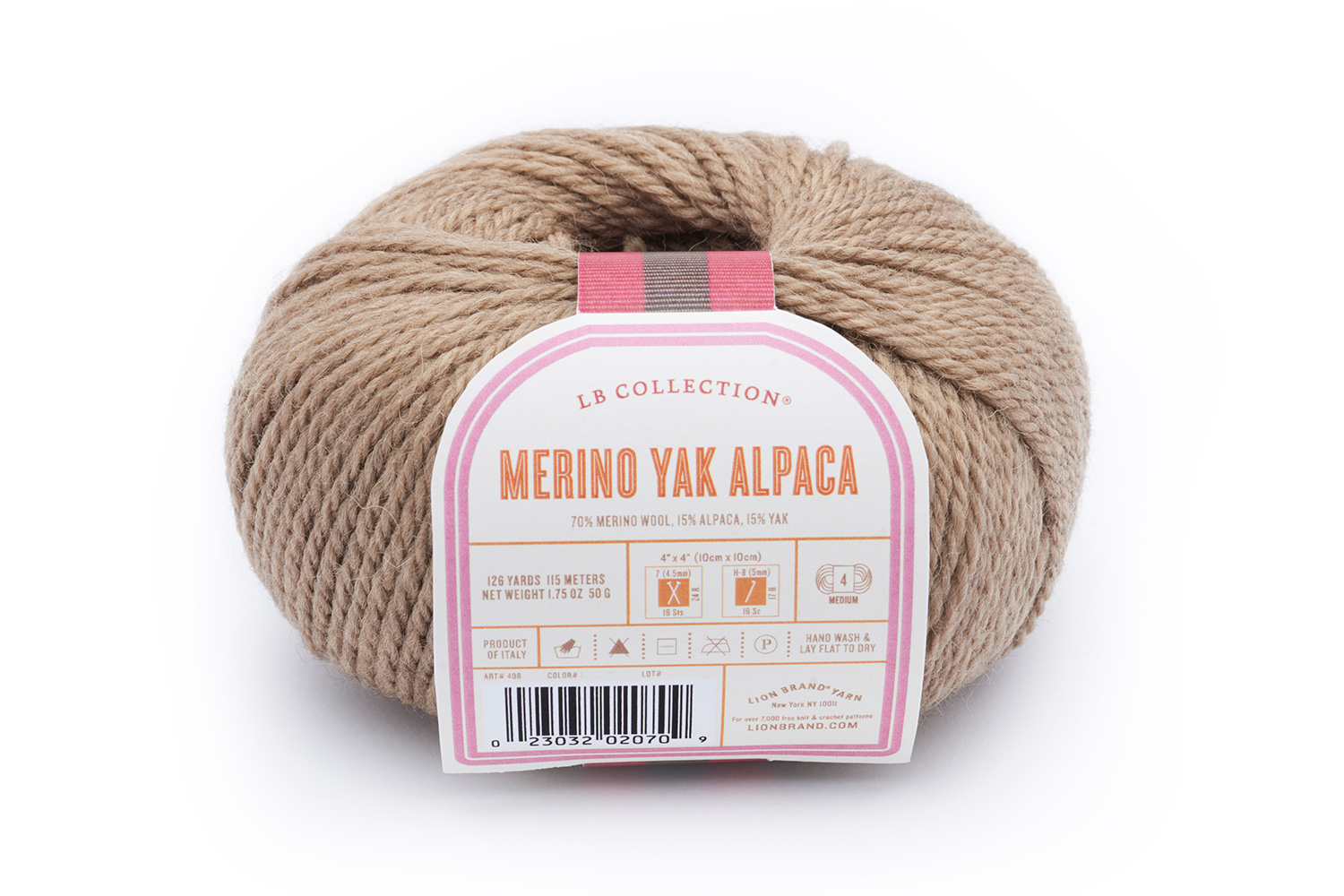
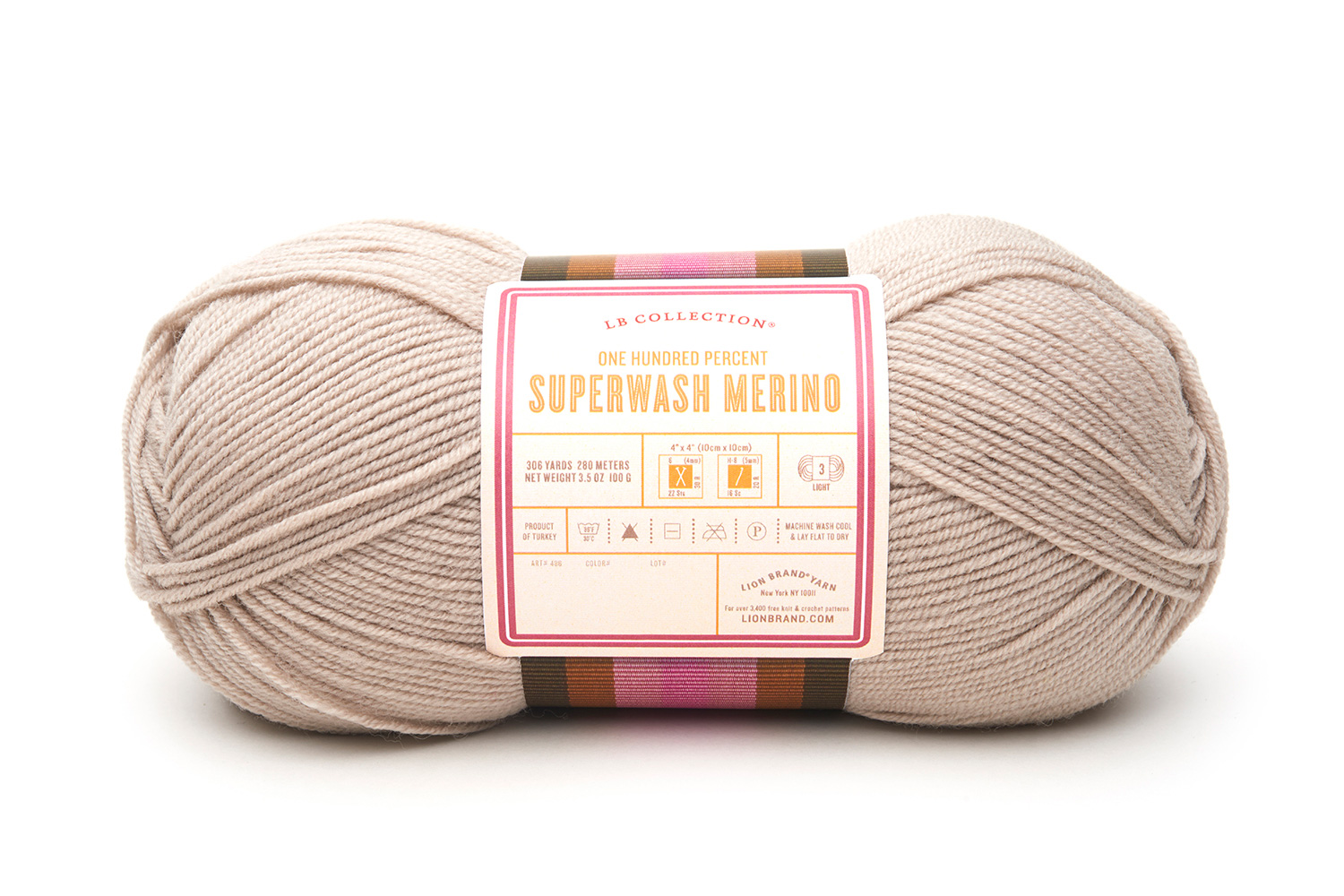
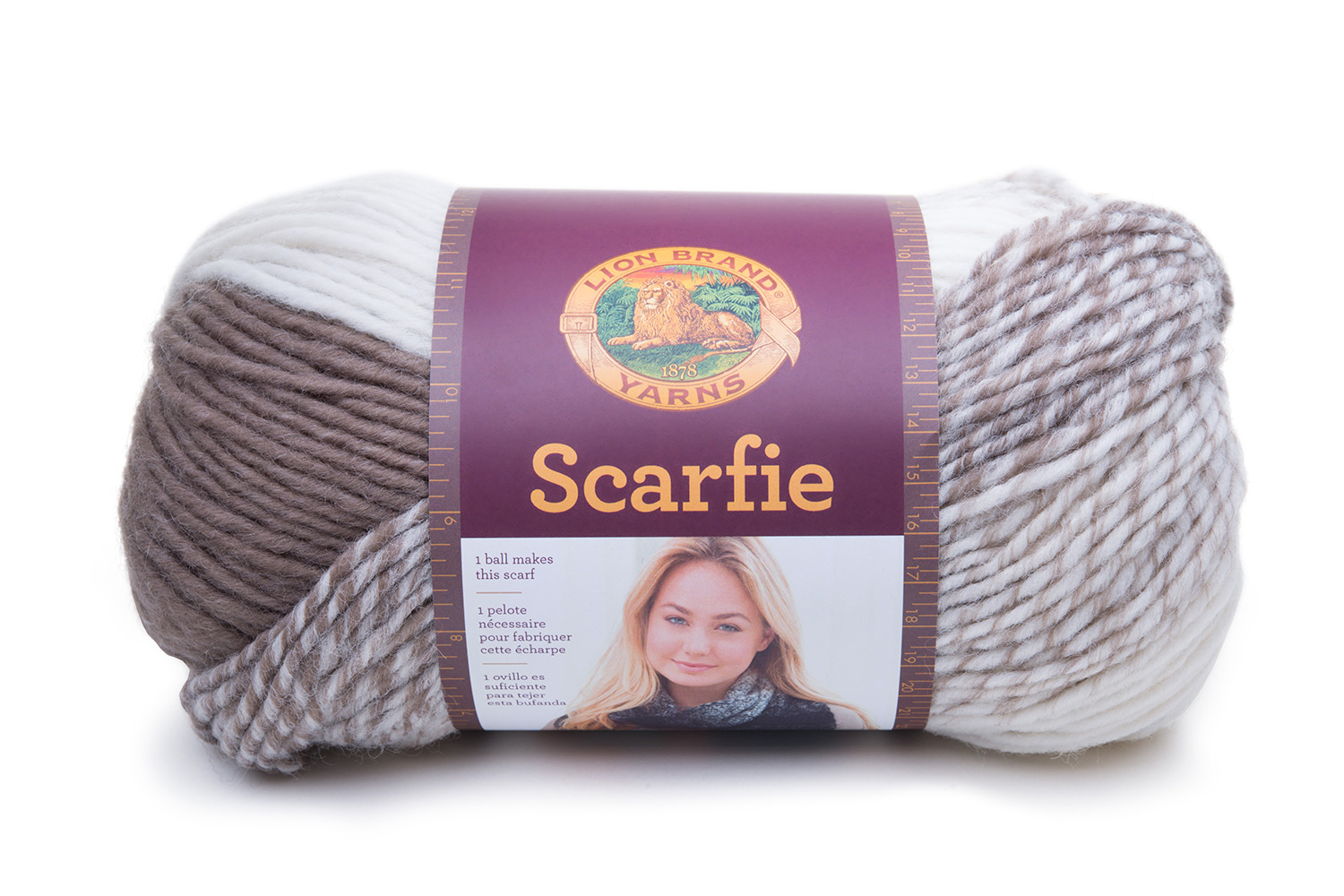
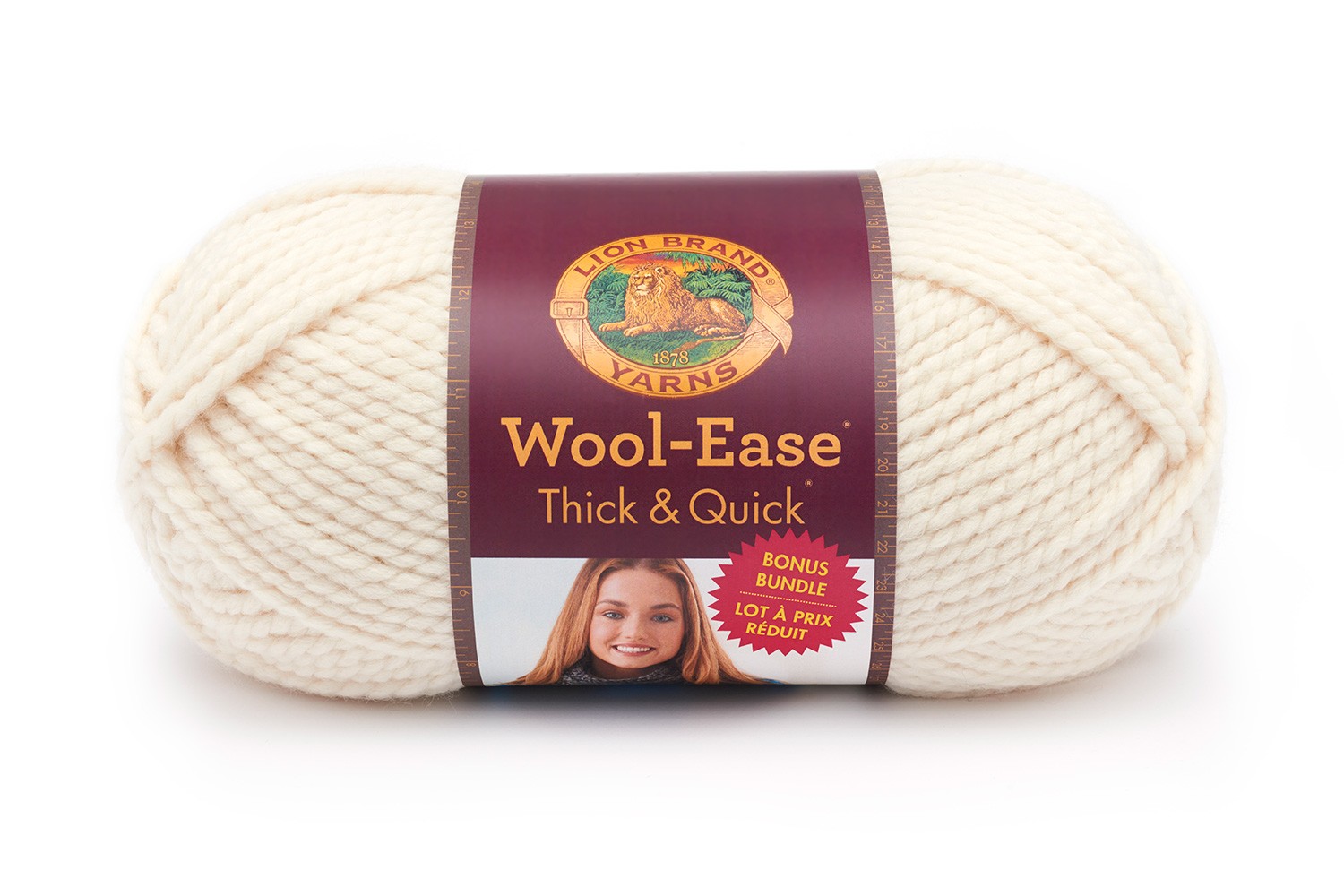
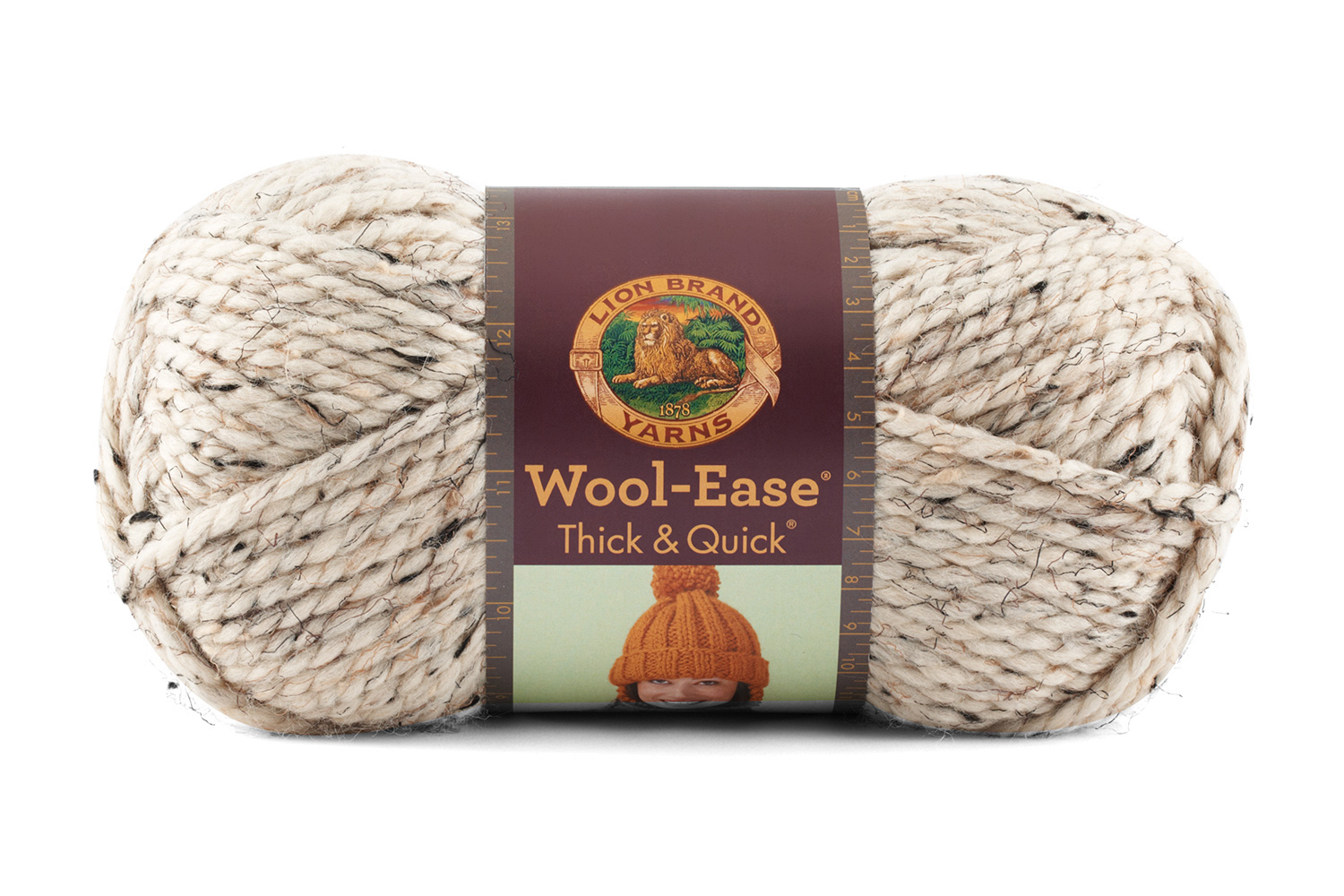
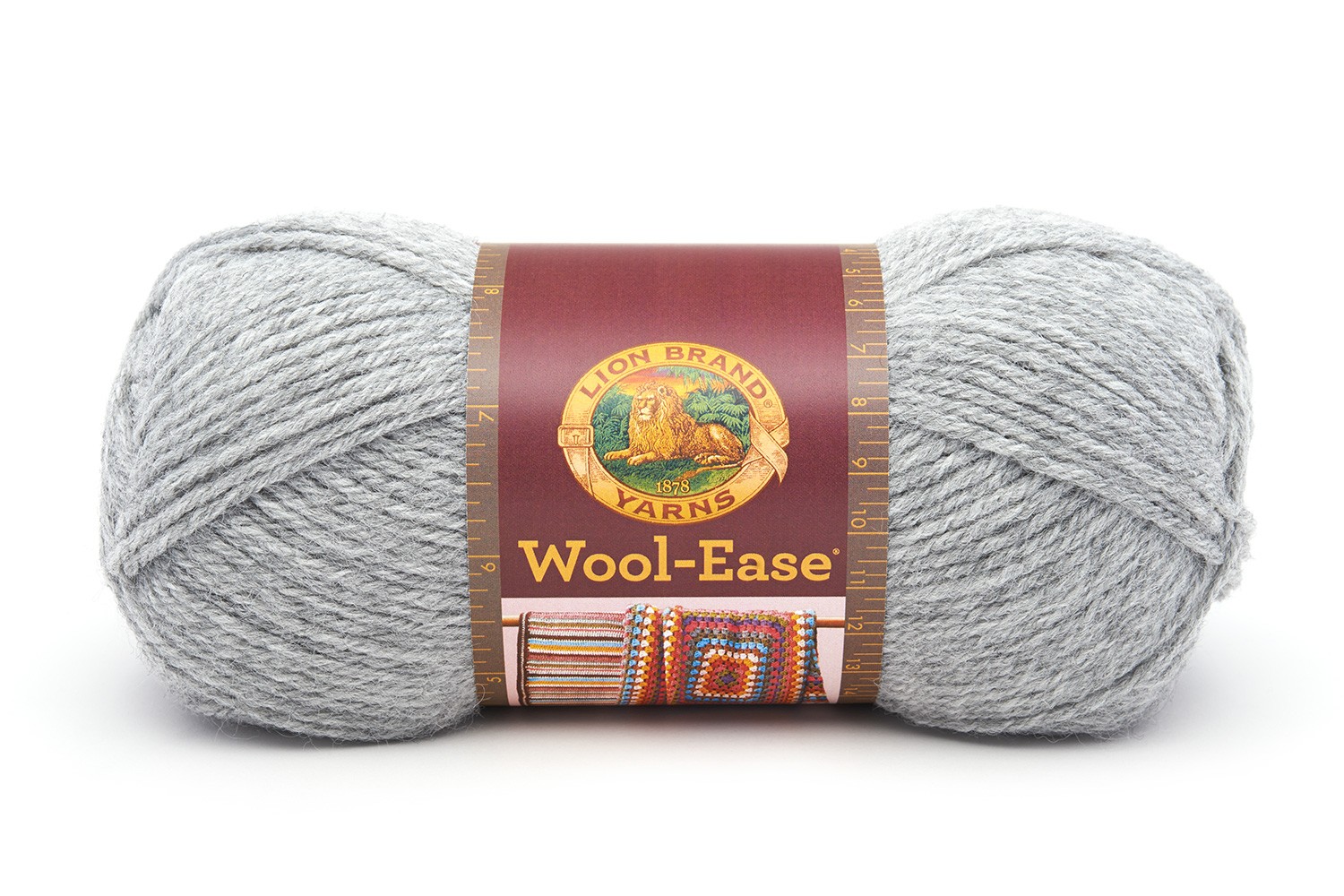
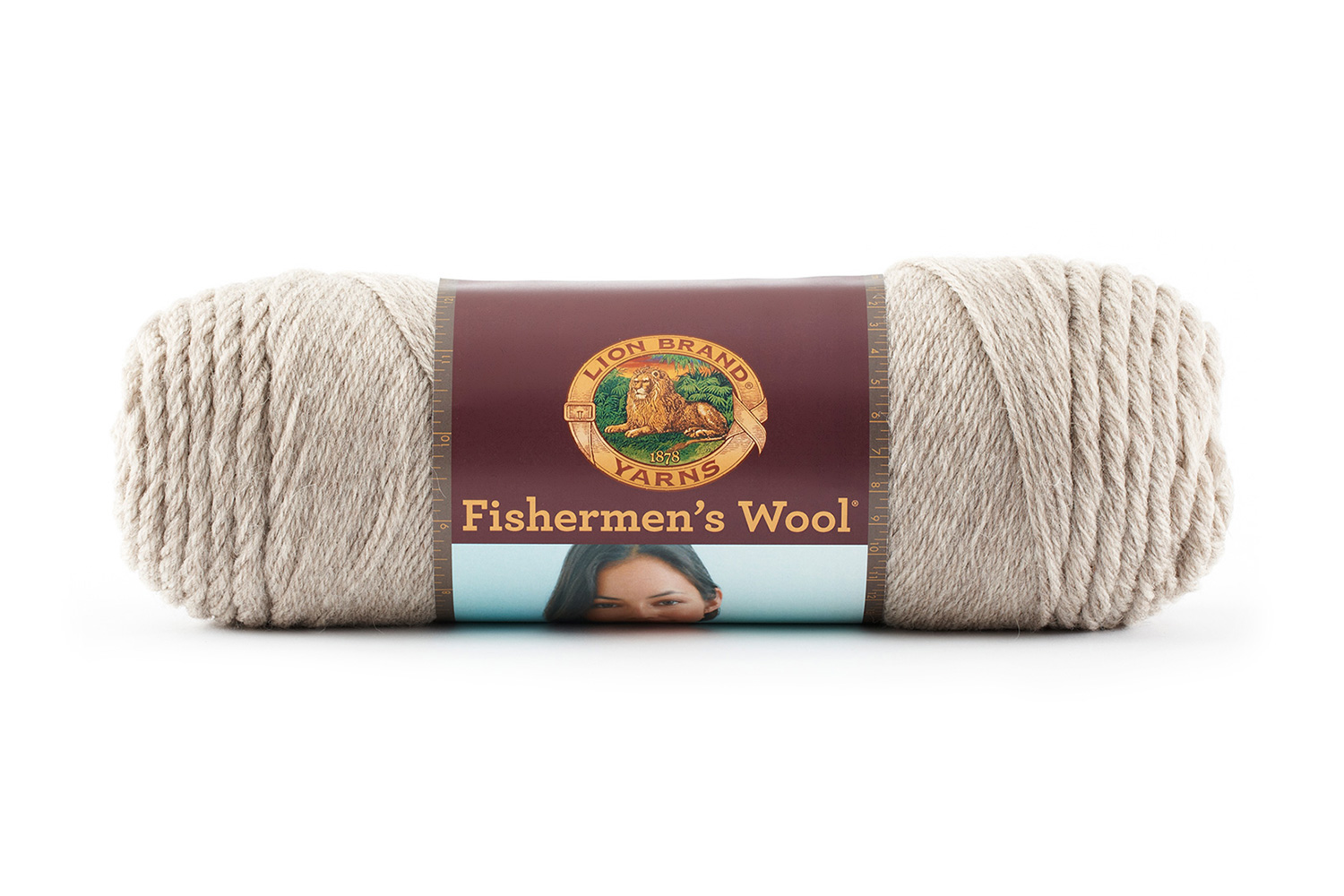
June Fournier
Re wool properties. You don’t mention one big con of wool: it has to be washed by hand! A real turn-off in today’s on the go society. Hand washing and blocking are real bummers. I have a stash of virgin wool and decided to make items to send to a school in Alaska which has needy students. I’m sure they will not like hand washing and blocking, but they are at an age where they will out grow the items and toss them.
Michelle Olson
I made a hat of Wool-Ease several years ago. Thinking that the wool would shrink, I sized it a little large. It goes through the washer in warm water at least once a year, and the size hasn’t changed at all.